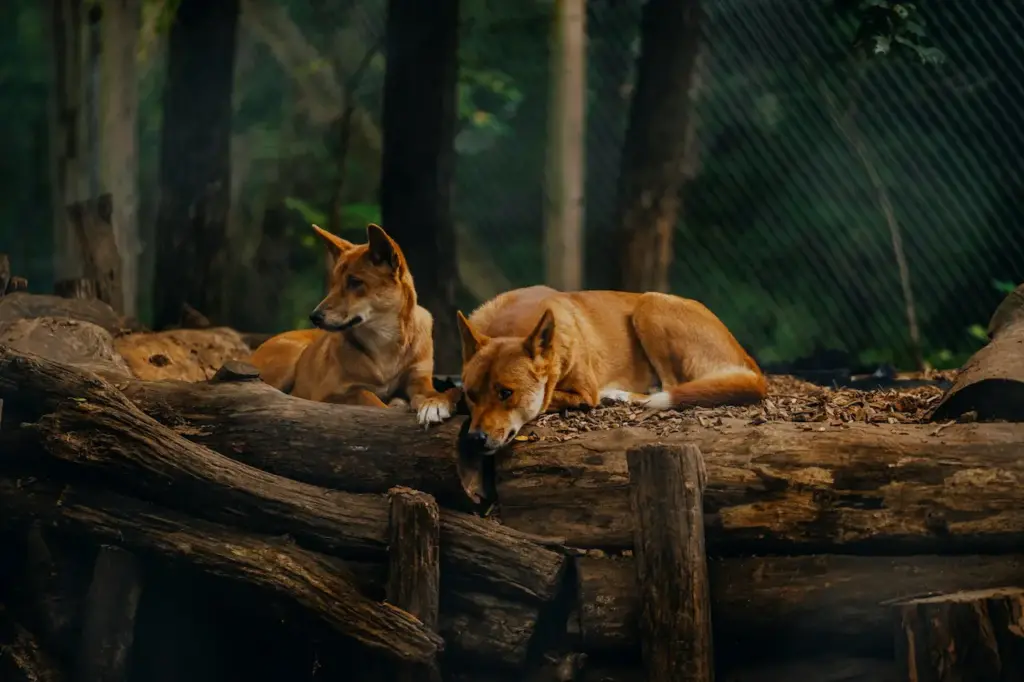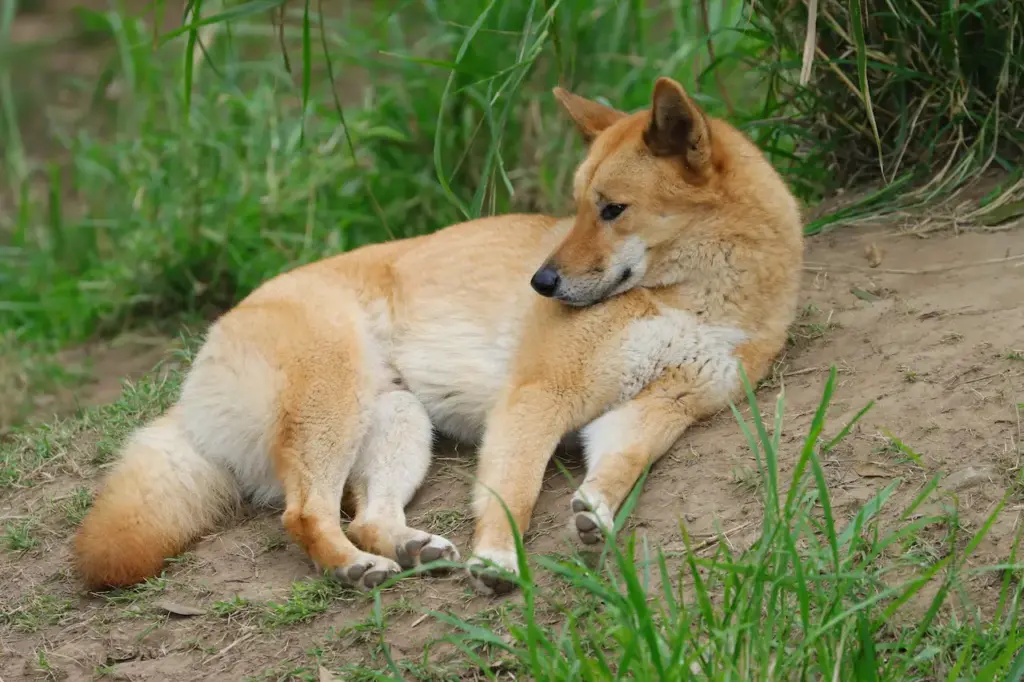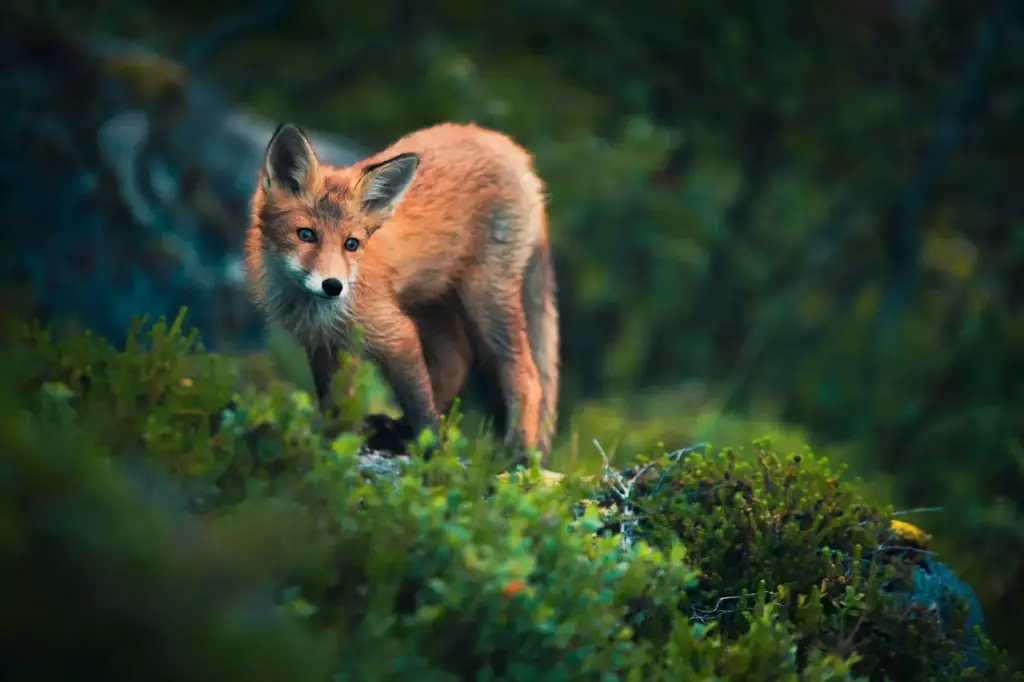What Eats Dingos?
Categories
- Accipitridae (1)
- Acrididae (1)
- Algae (2)
- Alligatoridae (1)
- Amoebidae (1)
- Amphibians (3)
- Anatidae (1)
- Anguillidae (1)
- Arachnids (2)
- Bears (2)
- Big Cats (3)
- Birds (13)
- Bovidae (5)
- Bufonidae (1)
- Camelids (1)
- Cameras (1)
- Canines (13)
- Caridea (1)
- Carnivora (10)
- Castoridae (1)
- Cats (5)
- Cebidae (1)
- Cephalopod (1)
- Cervidae (2)
- Cetacean (1)
- Chondrichthyes (1)
- Crocodilia (2)
- Crustaceans (4)
- Culicidae (1)
- Cyaneidae (1)
- Dasypodidae (1)
- Dasyurids (1)
- Deer (1)
- Delphinidae (1)
- Desktop (1)
- Didelphidae (1)
- Dinosaurs (1)
- Dogs (13)
- Dolphins (2)
- Echinoderms (1)
- Education (10)
- Elephantidae (1)
- Equine (1)
- Erethizontidae (1)
- Erinaceidae (1)
- Farming (1)
- Felidae (5)
- Fish (5)
- Food Chain (31)
- Food Web (2)
- Formicidae (1)
- Frugivore (1)
- Gaming (1)
- Gastropods (1)
- Giraffids (1)
- Great Apes (2)
- Health Conditions (3)
- Herbivore (4)
- Hi-Fi (1)
- Hippopotamidae (1)
- Hominidae (1)
- Insects (10)
- Invertebrates (2)
- Keyboards (1)
- Laptops (1)
- Leporidae (1)
- Mammals (23)
- Marsupials (4)
- Mephitidae (1)
- Microchiroptera (1)
- Mollusks (2)
- Mongoose (1)
- Muridae (1)
- Nocturnal Animals (1)
- Odobenidae (1)
- Omnivore (2)
- Phasianidae (1)
- Phocidae (1)
- Plankton (1)
- Plants (2)
- Primate (1)
- Ranidae (1)
- Reptiles (7)
- Rhinocerotidae (1)
- Rodents (5)
- Salamandridae (1)
- Scarabaeidae (1)
- Sciuridae (2)
- Sharks (1)
- Shellfish (1)
- Sound (1)
- Spheniscidae (1)
- Suidae (1)
- Superfamily Papilionoidea (1)
- Theraphosidae (1)
- What Eats (5)
Dingoes are wild canines that are native to Australia. As apex predators, they play an important role in the Australian ecosystem by helping to control populations of other animals. However, dingoes have to compete with other predators for food and also have to watch out for larger animals that may prey on them.
In this article, we’ll take a look at what eats dingoes in the wild as well as what dingoes themselves eat. Let’s start with what eats dingoes in complete detail.
Table of Contents
Toggle
Two Dingos Resting
What Eats Dingoes? Dingo Predators
As members of the canine family, dingoes are equipped with speed, agility, and sharp teeth that allow them to hunt prey effectively.
However, they are not at the top of the food chain in Australia. Dingoes have to be wary of larger predators that can kill and eat them. Some of the main predators of dingoes include:
Crocodiles
Crocodiles are ambush predators that wait patiently in the water for unsuspecting animals to come to the edge of the water. Large saltwater crocodiles are capable of preying on fully-grown dingoes if given the opportunity.
Dingoes that live in northern coastal areas of Australia where crocodiles are common have learned to be cautious around bodies of water and avoid getting too close.
Wedge-Tailed Eagles
Wedge-tailed eagles are Australia’s largest birds of prey. These huge raptors can spot and swoop down on dingoes from high up in the air.
Using their massive talons, they can strike at a dingo and kill it. Dingoes are most vulnerable to wedge-tailed eagle attacks when they are out hunting in open areas and grasslands.
Snakes
Venomous snakes like eastern brown snakes, mulga snakes, and tiger snakes can deliver toxic and potentially lethal bites to dingoes. While a dingo’s quick reflexes allow it to avoid snake bites much of the time, snakes are still an ever-present hazard.
Dingoes that are stalking prey may accidentally stumble upon a hidden snake, provoking it to strike in defence.
Humans
Perhaps the most dangerous predator to dingoes is humans. Humans have greatly reduced dingo populations through hunting campaigns, trapping, and poisoning. Many humans see dingoes as pests that attack livestock, so they attempt to eliminate them.
Humans also encroach on dingo habitats, reducing their range and food sources. Dingoes have to go to great lengths to avoid contact with humans in many areas.
What Do Dingoes Eat? Dingo Prey Species
Dingoes mainly eat meat and function as major predators in the Australian landscapes where they roam. They hunt a variety of prey depending on availability. Some of their common food sources include:
Rabbits and Hares
When available, rabbits and hares form a major part of the diet of many dingoes. These fast-breeding rodents provide a nutritious source of food. Dingoes use their speed and endurance to run down rabbits and hares. They can hunt alone or in packs to increase success rates.
Wallabies and Kangaroos
Wallabies and their larger relatives, kangaroos, also fall prey to dingoes frequently. Solitary dingoes and small packs target young wallabies and attack using their bite to subdue them. Larger packs of dingoes can even bring down fully-grown kangaroos.
Livestock
Dingoes will prey on livestock like sheep and young cattle when they stray into areas around farms. Their opportunistic feeding habits put them into conflict with farmers. Dingoes bite and pull down sheep, while cattle are usually pursued until exhaustion sets in.

A Dingo Lying Down on the Ground
Birds
The dingo is an agile hunter that can leap into the air to catch birds. Species like emu fledglings, bush turkeys, and ducks often end up as dingo food. Smaller birds are also caught by dingoes as they forage for other prey.
Reptiles
Dingoes snack on lizards like goannas and even eat snakes like pythons. Their powerful jaws allow them to subdue these slippery creatures. Dingoes use their paws to hold reptiles in place as they bite down on their necks.
Insects
As opportunistic omnivores, dingoes will eat insects from time to time. They seem to enjoy feeding on communities of ants and termites when they swarm, lapping them up with their long tongues. Dingoes also eat beetles and grasshoppers they find while hunting.
Carrion
Dingoes are not above scavenging carcasses they come across while patrolling their territories. Rotting meat from dead kangaroos, rabbits, livestock, and birds are all readily consumed by dingoes. This helps keep the Australian landscape clean of decomposing organic matter.
Fruits and Berries
Though they mostly eat meat, dingoes also supplement their diets with fruits and berries. Dingoes eat bush tomatoes, desert figs, wild plums, and other fruits they find while foraging. Berries from shrubs provide sugars that give dingoes quick energy.
Grains
In areas around farmland, dingoes will raid crops and eat grains like wheat and rice. They develop a taste for these grains when they are grown in abundance and become easy to access. Dingoes are intelligent enough to recognize these human-grown food sources.
Hunting and Feeding Behaviors
Dingoes have developed several clever hunting techniques and feeding strategies that allow them to capitalize on food sources:
- Stealth – Dingoes often sneak up quietly on prey until they can explode into a rapid chase. This stealth allows them to get close enough before being detected.
- Stalking – Dingoes carefully move towards prey while utilizing cover and concealment to avoid being spotted prematurely. Their stalking skills test their patience.
- Group Hunting – Dingoes will form packs to cooperatively seek out and pursue large prey like kangaroos. The pack isolates a target and takes turns chasing it down.
- Caching – Dingoes hide excess food in shallow holes or under bushes. They return to feed on these caches when fresh prey is scarce.
- Scavenging – Dingoes scour their territories for the remains of animals killed by other predators or humans. Rotting carrion can sustain them in hard times.
- Raiding – Dingoes venture close to human settlements to raid garbage cans, crops, livestock pens, and pet food bowls. Their intelligence helps them utilize these sources.
- Varied Diet – Dingoes remain well-fed by adapting to hunt or scavenge whatever meat sources are locally available instead of relying on a single food type.
Dingo Populations and Conservation

A Dingo on Green Grass
Dingo populations have dropped significantly since the arrival of Europeans in Australia several centuries ago. They are vulnerable to continued habitat loss from agriculture and urbanization, as well as extensive culling by farmers.
Remaining stable dingo populations are important for maintaining ecosystem balance in Australia through their predator-prey relationships. More education on their ecological role and non-lethal control methods may help conserve these unique Australian apex predators.
With fewer dingoes, uncontrolled rabbit and kangaroo populations could further damage habitats. Sustainable solutions for human-dingo coexistence need to be pursued.
Conclusion
Dingoes occupy an important ecological niche as apex predators in Australia. They help regulate populations of species like rabbits and kangaroos through their predatory behaviour. However, dingoes have to balance their own survival needs by avoiding larger predators that can prey on them, like crocodiles, eagles, and snakes.
They are also threatened by hunting and habitat loss caused by humans. Conservation efforts are needed to protect dingo populations so they can continue to provide ecosystem services. With proactive human-dingo coexistence policies, these iconic Australian predators can thrive for generations to come.
